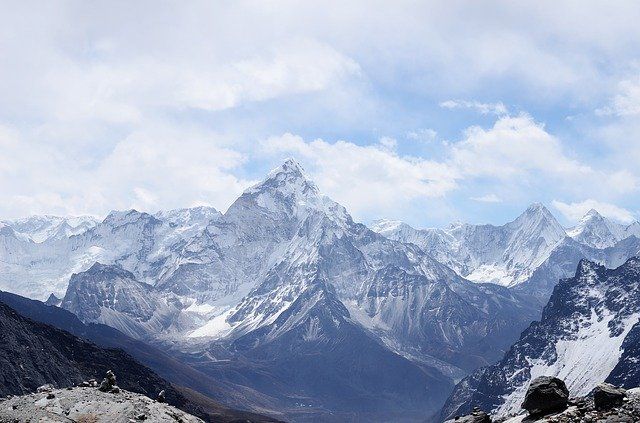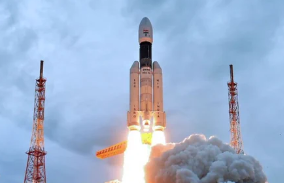A Study by scientists at the Wadia Institute of Himalayan Geology claims that a 5-kilometer long unnamed glacier in one of the less visited sections of Uttarakhand’s Pithoragarh rapidly changed course and merged with a nearby glacier named Sumzurkchanki in the Kuthi Yankti valley.
According to Manish Mehta, a scientist at the institute, this is the first time such a change of course has been observed from a Himalayan glacier. The glacier’s 2-kilometer path alteration over 4 kilometres has been linked to the combined influence of climate and tectonics sometime between the Last Glacial Maxima (19-24,000 years ago) and the Holocene epoch (10,000 years ago).
Also Read | Uttarakhand government passes bill to abolish Char Dham shrine board
The unusual behaviour of the unnamed glacier implies that, in addition to climate, tectonics plays a major role in glacial catchments, according to a department of science and technology notice on the study’s findings on its website. “It clearly suggests that the Himalaya is an active mountain range and highly fragile where tectonics and climate play a critical role,” the note said.
Mehta, who co-authored a paper in Geosciences Journal on the findings with Rahul Devrani, Khayingshing Luirei, and Vinit Kumar, said sometime between 25000 to 10,000 years ago, the unnamed glacier couldn’t overcome the rocky debris that got collected at its snout. “So when this impediment in the form of rock debris collection stopped the advance of this glacier, it started advancing by taking another direction, offtrack its original path in the valley”, he said.
Also Read | G20 summit: Why is it important for addressing global problems?
He said the unnamed glacier has been affected by the active fault and climate change. “Our studies found that tectonic activity and change in climatic conditions have changed the course and morphology of this glacier. We found that northeast moving glacier has been abruptly truncated and forced to move towards the southeast and ultimately merge with the adjacent glacier named Sumzurkchanki as a result of tectonic forcing”, added Mehta, who led the study based on satellite imagery and old maps.
“It is one of the unique behaviours of the glacier, which is for the first time reported from the Himalayan glacier as no such observation has so far been reported on this type of glacier kinematics”.
Kuthi Yankti is a large tributary of the Kali Ganga river, with 88 glaciers covering 130 square kilometres in its valley. “The unnamed glacier is located in this valley… north of the Sumzurkchanki glacier. The glacier movement is affected by climatic conditions and studies suggest that the region has freeze and thaw cycles that severely affect the weathering of the rock mass and increase in fracture spacing”, he said.
The glacier is surrounded by two active thrusts and traversed by three active faults, according to a cross-section and geological map of the valley, according to Mehta. “These active thrusts and faults have changed the landscape and have made the whole region more fragile and vulnerable to various surface processes. The rerouting of the secondary glacier is not merely because of surface processes but is due to an active fault that got reactivated in the recent past”, he said.
In total, there are 1,000 to 1,400 glaciers in Uttarakhand, which can cause lake outbursts or lake creation owing to rockfall or landslides in valleys or on slopes.
Experts estimate that only about ten glaciers are being monitored. The Gangotri glacier, Chorabari glacier, Dunagiri glacier, Dokriyani glacier, and Pindari glacier are among those being investigated.
Glaciers can cause devastating flash floods downstream because they can trap a considerable amount of water in their crevices and cavities, as well as due to debris or moraine building at their snouts blocking the flow of water. The fracture of a glacier in Chamoli area on February 7 this year caused a flash flood that wreaked devastation downstream, killing 204 people.







